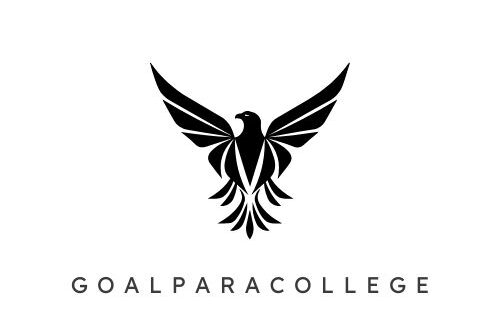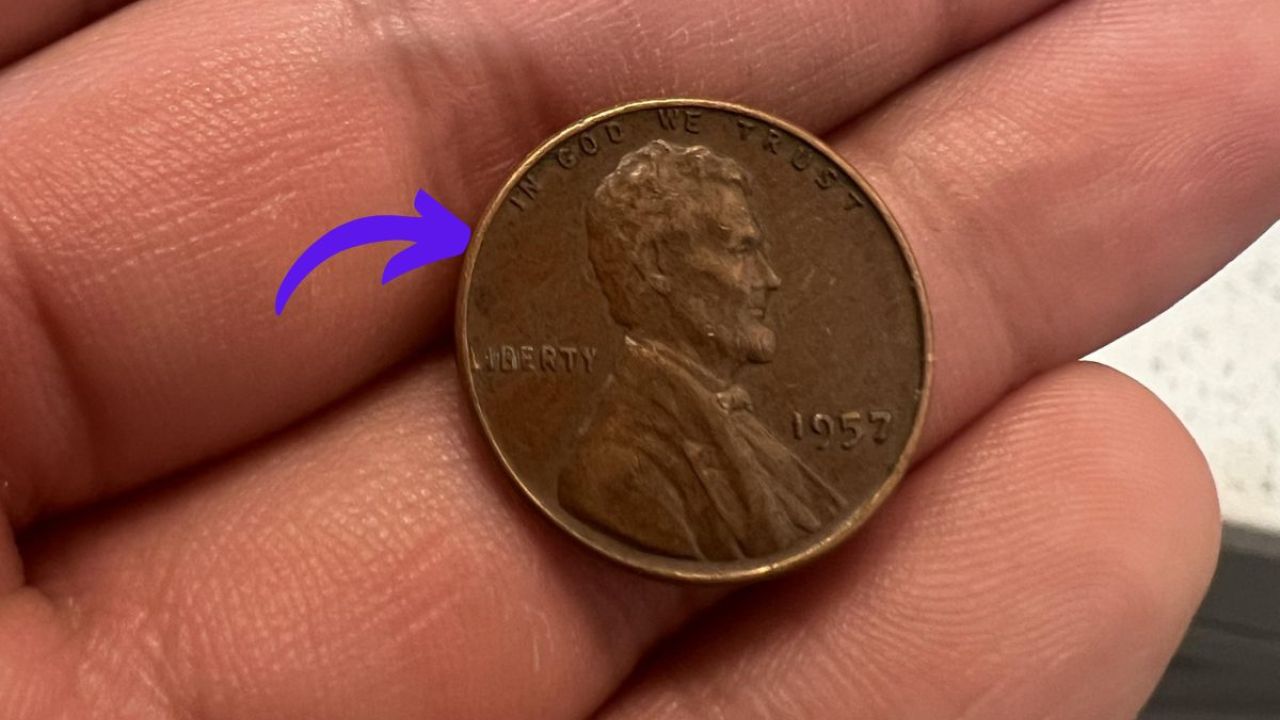In a thrilling turn of events for coin collectors and enthusiasts alike, a rare Lincoln Wheat penny valued at an astonishing $156,000 was recently discovered in pocket change by an unsuspecting individual. This remarkable story not only highlights the enduring value of numismatics but also underscores the exciting reality that treasures can still be found in everyday life—sometimes even in the coins jingling in your pocket.
A Hidden Treasure Among the Ordinary
The Lincoln Wheat penny has been a cornerstone of American coinage since it was first minted in 1909. Designed by Victor David Brenner to honor the 100th anniversary of Abraham Lincoln’s birth, the Wheat penny features Lincoln’s profile on the obverse and two wheat stalks framing the words “ONE CENT” on the reverse. Minted until 1958, these coins were once a standard part of everyday commerce. But as time passed and coin designs changed, the Wheat penny became a nostalgic relic—and for certain years and mintmarks, a highly valuable collector’s item.
The recent $156,000 find was a 1943 bronze Lincoln Wheat penny, one of the most sought-after error coins in U.S. history. What makes this coin so special is that it shouldn’t exist at all.
The 1943 Bronze Wheat Penny Error
During World War II, the U.S. Mint made a significant change in the materials used to produce pennies. Copper was a critical metal for wartime production, especially for ammunition casings. To conserve copper, the Mint switched to using zinc-coated steel for all pennies minted in 1943. These “steel cents” are fairly common and can still be found in circulation today, though they are easily identifiable by their silver-gray appearance.
However, due to a minting error, a small number of bronze planchets—the copper-alloy blanks used for earlier pennies—were accidentally left in the coin presses during the transition. These few copper planchets were struck with the 1943 die, creating a rare and valuable mistake: the 1943 bronze Lincoln Wheat penny.
It is estimated that fewer than 20 of these bronze 1943 pennies were produced at the Philadelphia Mint, making them extraordinarily rare. While most pennies from that year are worth only a few cents, a genuine 1943 bronze Wheat penny can fetch six figures at auction.
Found in Pocket Change: The Discovery
According to reports, the man who discovered the coin had no idea he was holding a small fortune. Like many others, he kept a jar of loose change and occasionally sorted through it. On one such occasion, he noticed a penny that looked slightly different—darker in color and seemingly older. Out of curiosity, he began researching the coin online and was shocked to find that it might be a 1943 bronze Wheat penny.
He sent the coin to a professional coin grading service, where it was authenticated and assigned a high grade due to its excellent condition. The coin was later sold at a reputable numismatic auction for a staggering $156,000, changing the finder’s life overnight.
Why Some Pennies Are Worth Thousands
The story of this coin is a reminder of the immense value that can lie hidden in plain sight. The worth of a coin depends on several key factors:
1. Rarity
Coins that were minted in limited numbers or resulted from production errors are typically more valuable. The 1943 bronze Wheat penny is a textbook example—a coin that shouldn’t exist but does, in very small numbers.
2. Condition (Grade)
Coins are graded based on their state of preservation. The scale runs from “Poor” (heavily worn and barely identifiable) to “Mint State” (no wear, as if fresh from the mint). A high-grade coin, especially a rare one, can command much higher prices than a similar coin in poor condition.
3. Historical Significance
Coins tied to important historical periods, such as wartime America, often hold added value due to their connection with major events.
4. Demand
Collector interest plays a significant role in pricing. As more people become interested in numismatics, the demand for rare and historical coins rises.
Other Valuable Pennies to Look For
If this story has inspired you to start checking your own pocket change, here are a few other Lincoln cents that can be worth hundreds or thousands of dollars:
-
1909-S VDB: The first year of issue, bearing the initials of the designer. Only 484,000 were made.
-
1914-D: A low-mintage Denver coin with strong collector demand.
-
1922 No D: A Denver-minted coin that, due to a filled die, lacks the “D” mintmark.
-
1955 Double Die: A famous error where the date and lettering appear doubled.
The Importance of Coin Authentication
If you believe you’ve found a valuable coin, don’t try to clean or alter it, as this can reduce its value. Instead, have it professionally appraised or authenticated by a reputable grading company such as PCGS (Professional Coin Grading Service) or NGC (Numismatic Guaranty Company). These services can provide a detailed assessment and grade that significantly impacts the coin’s marketability and value.
A Boon for Hobbyists and New Collectors
Stories like the discovery of the $156,000 Lincoln Wheat penny inspire a whole new generation of hobbyists and collectors. Coin collecting is not just a pursuit of value—it’s a journey through history, art, and economics. Each coin tells a story: of a time, a place, and the people who used it.
Final Thoughts
The rare 1943 bronze Lincoln Wheat penny found in pocket change is more than just a lucky find—it’s a symbol of how history and chance can collide in extraordinary ways. It serves as a powerful reminder that rare and valuable artifacts are not always locked away in museums or private collections; sometimes, they’re waiting quietly in jars, drawers, or purses.
So next time you receive change at the grocery store, take a second look. That unassuming penny just might be worth more than you think.

